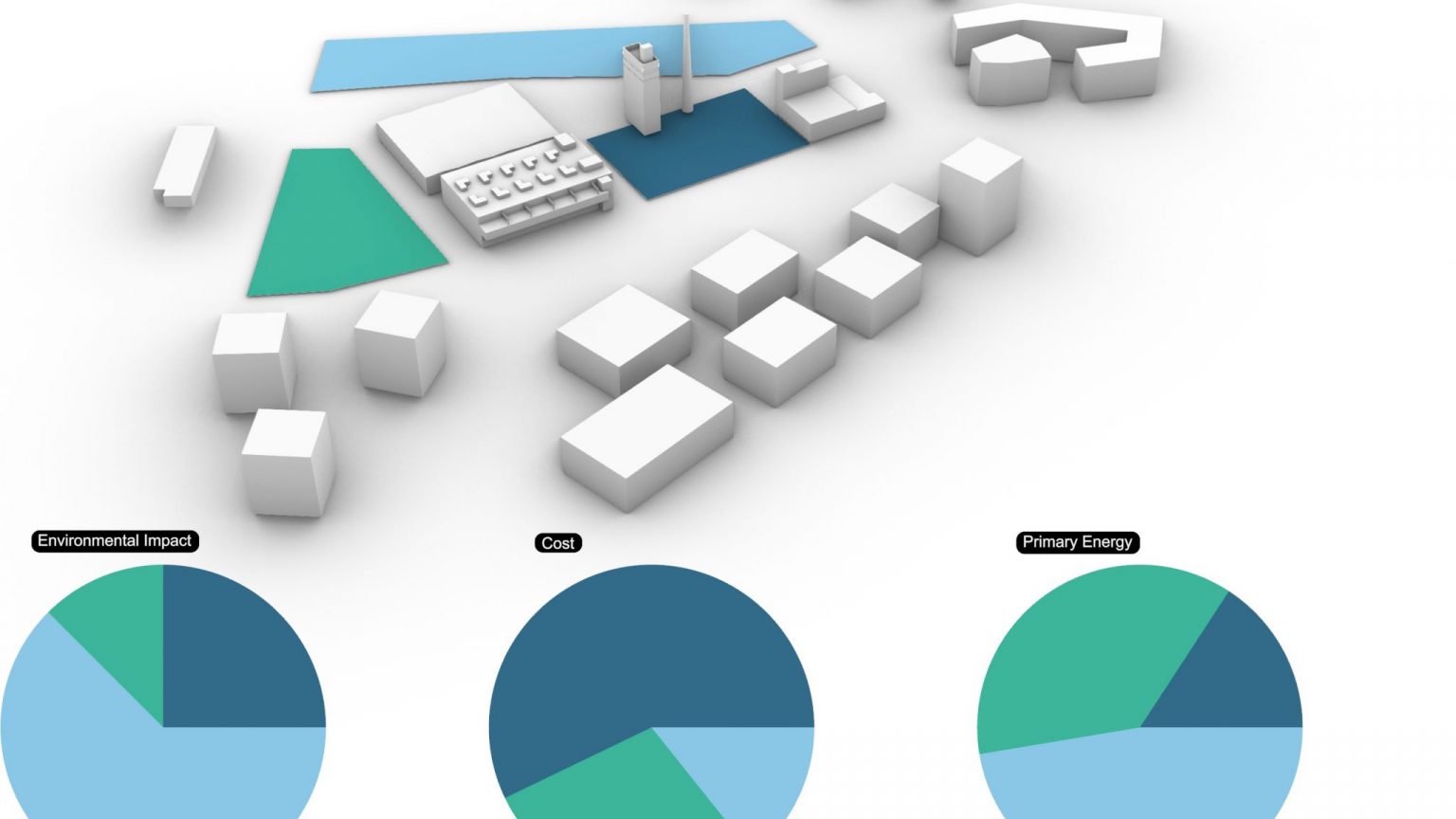Specific Environmentally-conscious Targets for Urban Planning (SETUP)

Given the current weight of the built environment in the global energy and carbon budget, a variety of building labels and norms are setting evermore-ambitious environmental and energy targets. In parallel, a growing number of building performance simulation (BPS) tools integrate a life-cycle assessment (LCA) and allow verifying if a project, based on its detailed description, reaches these targets. However, such instruments seem unsuited to the urban design level, where the usage of BPS among urbanists is found to be low, particularly given the scarce amount of available project details. More specifically, we observe a lack of decision-support instruments that can allow converting a district performance objective (e.g., 2000W society targets) into specific sublevel targets (e.g., per building or component), while taking into account the site’s properties (e.g., climatic context).
This project aims at addressing the above issues within the Swiss context through collaboration with an interdisciplinary group of practitioners. Instead of following the descriptive approach common to many BPS-LCA tools, an alternative method will be developed to populate a space of possible design scenarios by varying multiple parameters such as building shape, construction materials, and heating system. This database will then be used to extract the weight of different parameters and impact targets e.g., for each building, component, or domain (construction, exploitation, and induced mobility). The blueFactory site will be used as a case study to test the developed prototype. By interacting with the database and exploring the results, practitioners shall be able to know in advance what share a given design choice might take up in the total carbon budget set for the site, as well as identify sublevel targets for ‘pieces’ of the site. This information shall guide them toward design choices that do not constrain the design freedom for downstream parameters or compromise the potential of the project for reaching specific objectives.
Partners
BFF SA (blueFACTORY)
Climate Services SA
CSD Ingénieur SA
Implenia Suisse SA
Urbaplan
Funding
NPR (nouvelle politique régionale), État de Fribourg
COGENER (comité genevois pour l’utilisation du Fonds SIG NER – Services Industriels de Genève pour les nouvelles énergies renouvelables)
